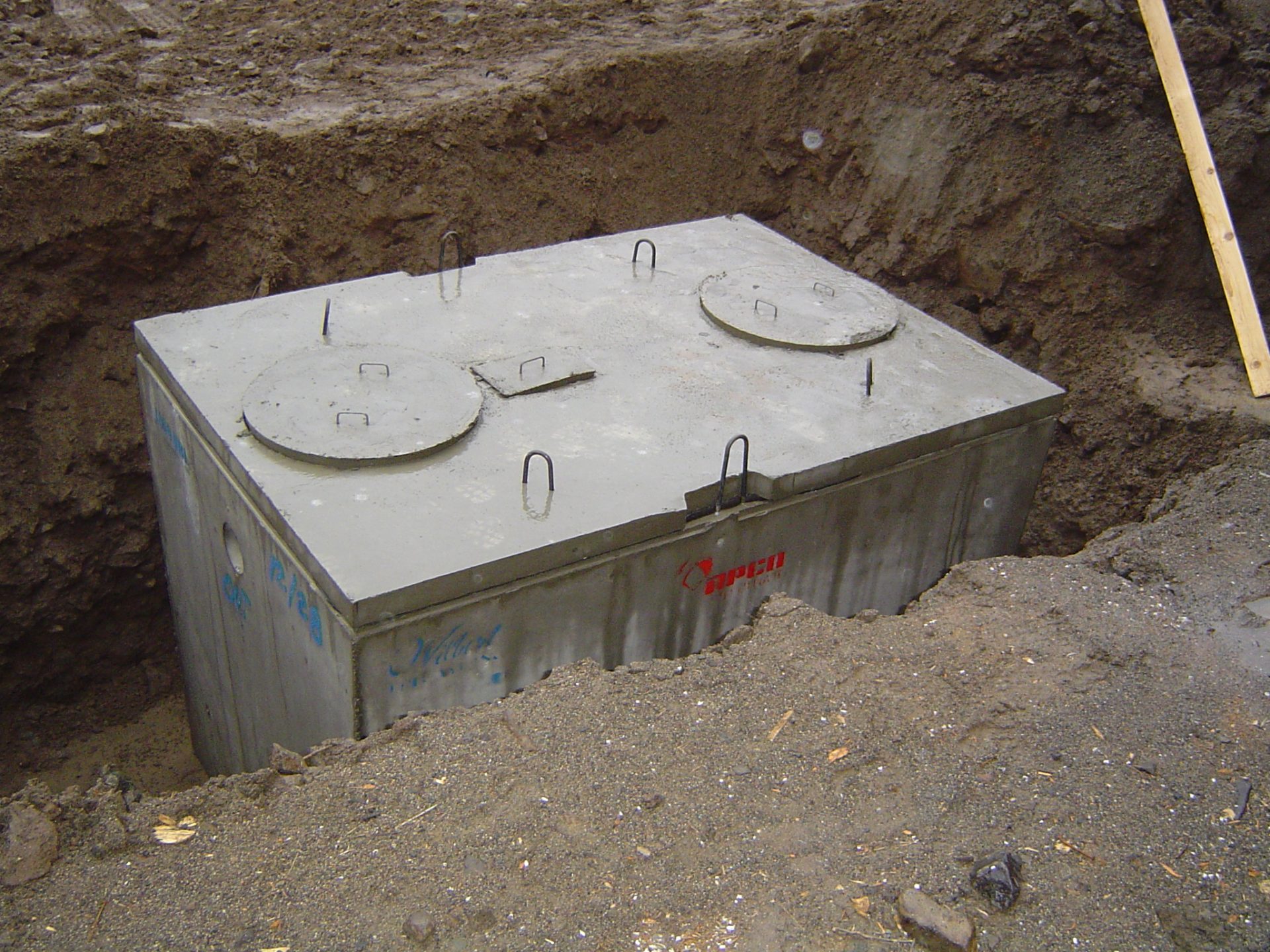Septic tanks play an important role in the treatment of wastewater particularly for those who aren’t connected to sewers that are municipal. Concrete and precast are two most popular options homeowners can select from when choosing a septic tank. Both have distinct advantages and drawbacks, and knowing the distinctions between them can help property owners make educated decisions regarding sustainable wastewater management.
Septic tanks, often referred to as underground chambers, capture to process, disperse, and dispose of the wastewater of residential and commercial properties. They are a critical part of the process of wastewater treatment and allow for the secure discharge of effluent, while also protecting the environment and health of the population.

Which septic tank is the best for You? Precast or Concrete?
Because of their long-lasting properties concrete septic tanks have been popular for many years. They are constructed on-site with poured concrete the tanks are renowned for their strength and capacity to stand the test of time. But, the process of installation for concrete tanks is lengthy and laborious.
Precast septic systems are made off-site and then transported to the site, ready to be installed. They are made in controlled conditions to guarantee an even quality and the structural integrity. Precast tanks are simpler to set up and come with lower cost of labor.
For those who are thinking of an upgrade or replacement of their existing septic tanks, precast options provide a number of advantages. The controlled manufacturing process ensures that precast tanks adhere to strict quality standards, which provides peace of mind to homeowners. Furthermore, the effective installation process reduces the disruption to the property and reduces overall project timelines.
Inspecting and maintaining your Concrete Septic Tank How to Maintain Long-Term Durability
Although the durability of concrete septic tanks is well-known, maintaining it is vital to ensure its durability over the long run. Regular inspections and pumps are vital to prevent problems such as clogging and structural damage. Property owners should also be aware of the types of materials and chemicals that get added to the septic system to avoid potential harm to the tank.
Precast septic tanks were designed with considerations for the environment in the back of their minds. They are built with sustainable techniques, which reduce energy and waste. Furthermore, the strength and long-term use of precast tanks are a major factor in lower environmental impact over their lifespan.
Property owners should consider their personal preferences and requirements in deciding if they want to install a septic system. Precast or concrete tanks are subject to factors such as soil type, the size of the property, and local laws. Property owners can make informed decisions by consulting experts.
What is the role of Septic tanks for sustainable waste water management?
Septic tanks can play a vital role in the sustainable management of wastewater. They’re a wonderful solution to dispose of or treat household waste. Septic tanks that are properly maintained contribute to protecting surface and groundwater, as well as preserving local ecosystems.
It is vital to choose the appropriate size septic system in order to prevent overflowing and ensure a successful treatment of wastewater. In determining the best tank size, be aware of factors such as the size of your property, the quantity of water consumed and the number of occupants. The proper size is vital for the effective treatment and removal of wastewater.
Modern manufacturing techniques used to make precast septic tanks produce superior, reliable solutions to efficient wastewater treatment. These tanks are made to comply with the strictest industry standards and offer property owners a a dependable and low-maintenance option for the management of wastewater.
Septic tanks require regular maintenance to ensure their best performance and endurance. The recommended maintenance schedules should be adhered to by property owners, which includes inspection, pumping and monitoring the system. Making maintenance a priority will help property owners avoid costly repairs and preserve the efficiency of their septic system.
The design of the septic tank is an important aspect of sustainable waste management. The system must be designed according to the specific requirements of the property, whether it is precast or concrete. It must also ensure that wastewater is properly treated and eliminated efficiently. Expert design and installation can assist homeowners in creating solid septic systems that are durable and efficient. See more at Septic tanks near me
The Economic and Environmental Impact of converting to a precast Septic Tank System
Upgrades to a precast septic tank can result in positive effects on the environment as well as the financial health of property owners. The reduced installation time and associated costs for labor with precast tanks can result in cost savings for property owners. The environmental benefits associated with a precast tank are also a benefit to sustainable management of wastewater.
In the end, picking the right septic tank system is an essential decision for property owners seeking sustainable wastewater management options. If choosing concrete or precast property owners need to consider durability, efficiency of installation, long-term maintenance, and the impact on the environment. Property owners are able to make informed choices to ensure that their tank will be functional and sustainable over the course of many years.
